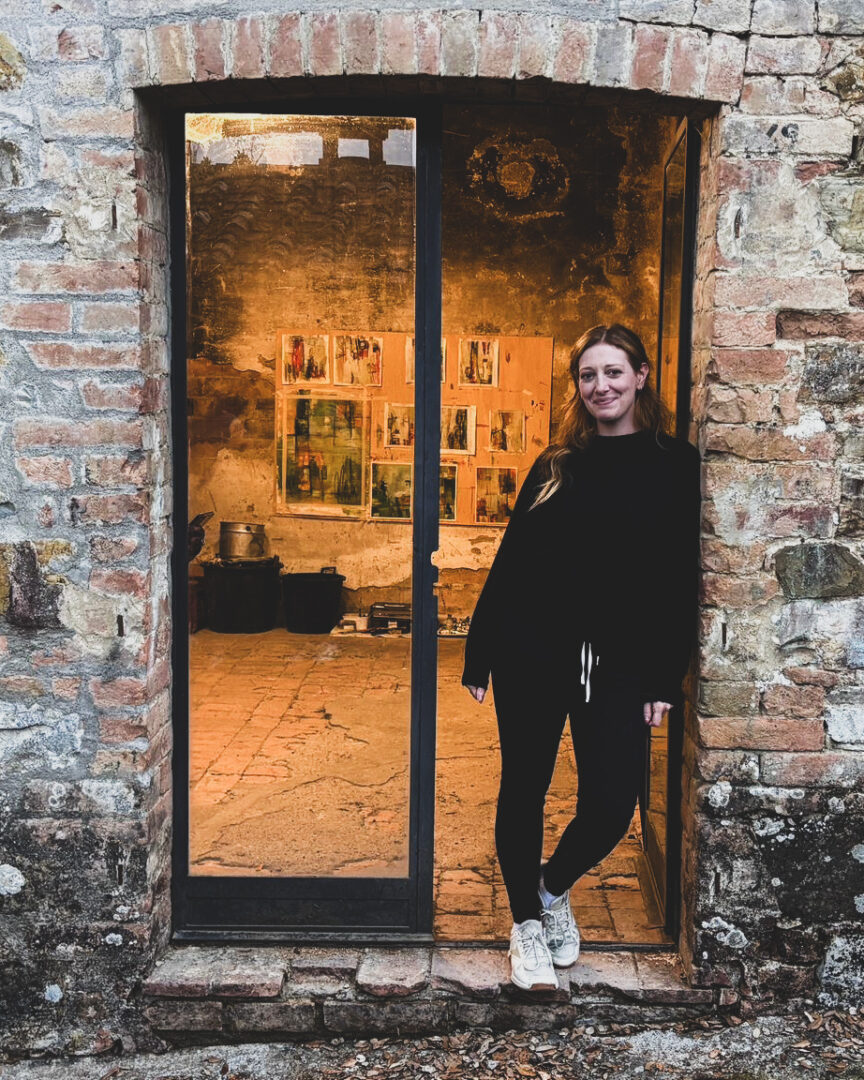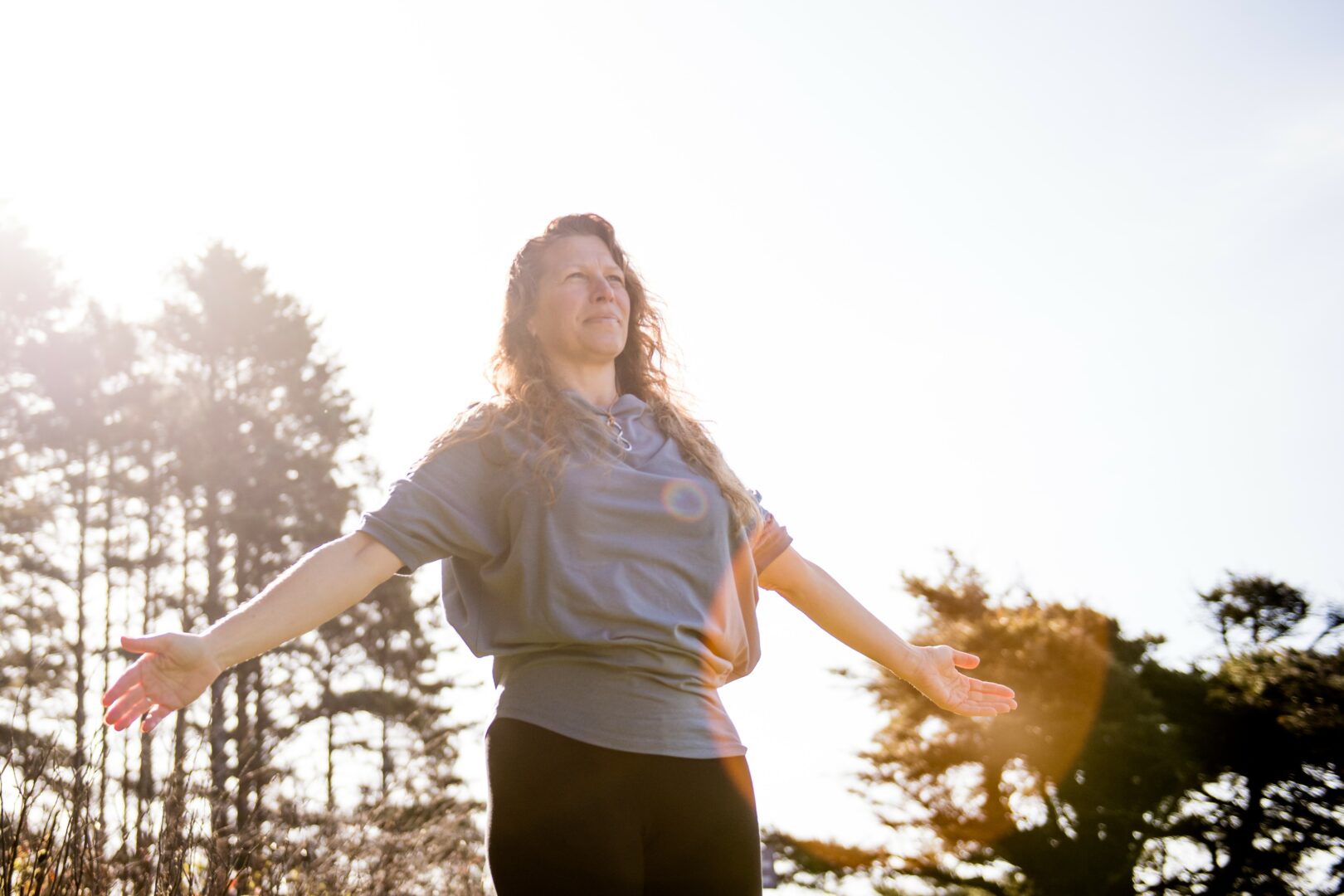Hallie Driscoll shared their story and experiences with us recently and you can find our conversation below.
Hi Hallie, thank you so much for joining us today. We’re thrilled to learn more about your journey, values and what you are currently working on. Let’s start with an ice breaker: What is a normal day like for you right now?
Most mornings start slow and soft—some stretching, a few quiet minutes with my kittens, and then waking my daughter so we can get ready for the day together. I drop her off with my parents and head to my office job, iced latte in hand (the first of about five I’ll have throughout the day). After work, I’ll usually stop at the gym, and depending on the day, I might be at a museum event or meeting, catching up on classwork, or in my studio working on my latest series of mixed media pieces. Evenings are my favorite—picking up my daughter, having dinner, and sharing a movie or a board game before bedtime. Once she’s asleep, I usually dive back into schoolwork or reading. Often times we’ll have dinner with my parents and I occasionally squeeze in a date night with my boyfriend. My days are full, but they’re a blend of work, art, caffeine, and family that feels deeply connected to the life I’m building.
Can you briefly introduce yourself and share what makes you or your brand unique?
I’m Hallie Driscoll—an artist, museum events coordinator, and student pursuing a degree in Arts Administration. My work blends painting and mixed media sculpture, often incorporating found natural elements, embroidery, and altered book pages to explore memory, identity, and personal history. I’m also a mom and someone who thrives on having a few projects going at once.
Right now, I’m deep into a new body of work that grew out of a residency in Tuscany, where I collected flowers, leaves, and other small pieces of the landscape to weave into my art. It’s a practice that feels part archive, part storytelling—connecting my Italian heritage with my present life in New Hampshire. Between museum events, class assignments, and time in the studio, I’m always looking for ways to create experiences (on the wall or in a gallery space) that spark connection and curiosity.
Great, so let’s dive into your journey a bit more. What relationship most shaped how you see yourself?
The relationship that has most shaped how I see myself is the one I have with my daughter. Becoming her mom gave me a new lens on everything—how I spend my time, how I define success, and how I care for myself. She’s made me more intentional, patient, and resilient, and she’s taught me that the best way to show her what’s possible is to keep pursuing my own passions. In many ways, she’s the reason I’ve leaned fully into my art, my education, and my career in museums. She reminds me daily that I’m not just building a life for us—I’m building one with her.
When did you stop hiding your pain and start using it as power?
I stopped hiding my pain when I realized that speaking it—and making art from it—didn’t make me weaker, it made me braver. For a long time, I thought strength meant keeping everything tucked away. My therapist used to call me the “queen of compartmentalization”. All that does is make you feel isolated though. Once I began weaving my experiences into my work, I saw how it opened the door for connection. People related to the stories, even if their own looked different. Turning pain into something tangible transformed it into a tool—not just for my own healing, but as a way to create space for others to feel seen, too.
Sure, so let’s go deeper into your values and how you think. What are the biggest lies your industry tells itself?
One of the biggest lies in the art world is that success is defined only by high-profile shows, sales, or big-name recognition. That mindset leaves out the many artists who are doing meaningful, impactful work in their own communities and in smaller, more intimate spaces. There’s also this unspoken idea that artists should always be creating for an external audience, when in reality, some of the most powerful work comes from making art for yourself first.
On the museum and exhibitions side, a common lie is that bigger and flashier automatically means better. The truth is, some of the most memorable and transformative exhibitions are small in scale but rich in storytelling, intimacy, and audience connection. It’s not about the square footage or the production budget—it’s about how deeply the work resonates.
Okay, we’ve made it essentially to the end. One last question before you go. Are you tap dancing to work? Have you been that level of excited at any point in your career? If so, please tell us about those days.
Yes—and those moments are unforgettable. One that stands out was the first day of my artist residency in Tuscany. Walking around the beautiful property, knowing I had weeks ahead to create, explore, and collect materials, felt like stepping into a dream I’d been building toward for years. I’ve also had that same kind of spark on days at the museum when I get to help bring an exhibition or event to life and see the community engage with it. Those are the days when the work doesn’t feel like “work” at all—it feels like exactly where I’m meant to be.
Contact Info:
- Website: https://www.halliedriscoll.com
- Instagram: https://instagram.com/hallie_driscoll
- Linkedin: https://www.linkedin.com/in/halliedriscoll/
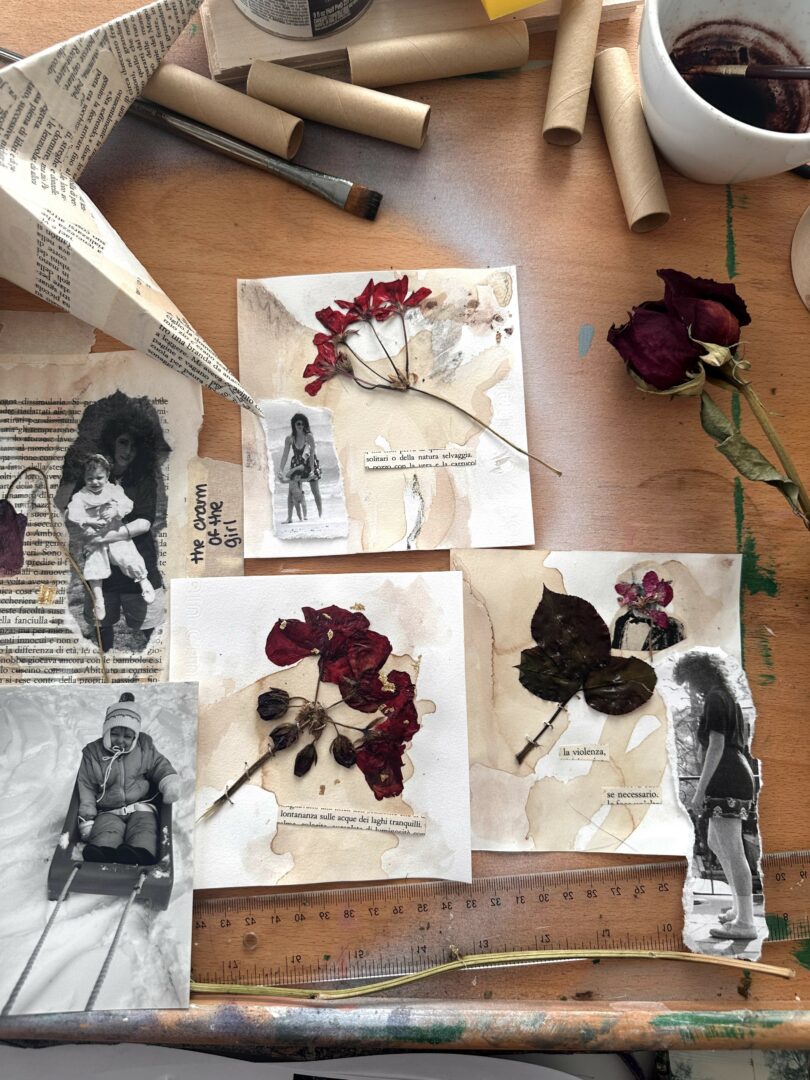

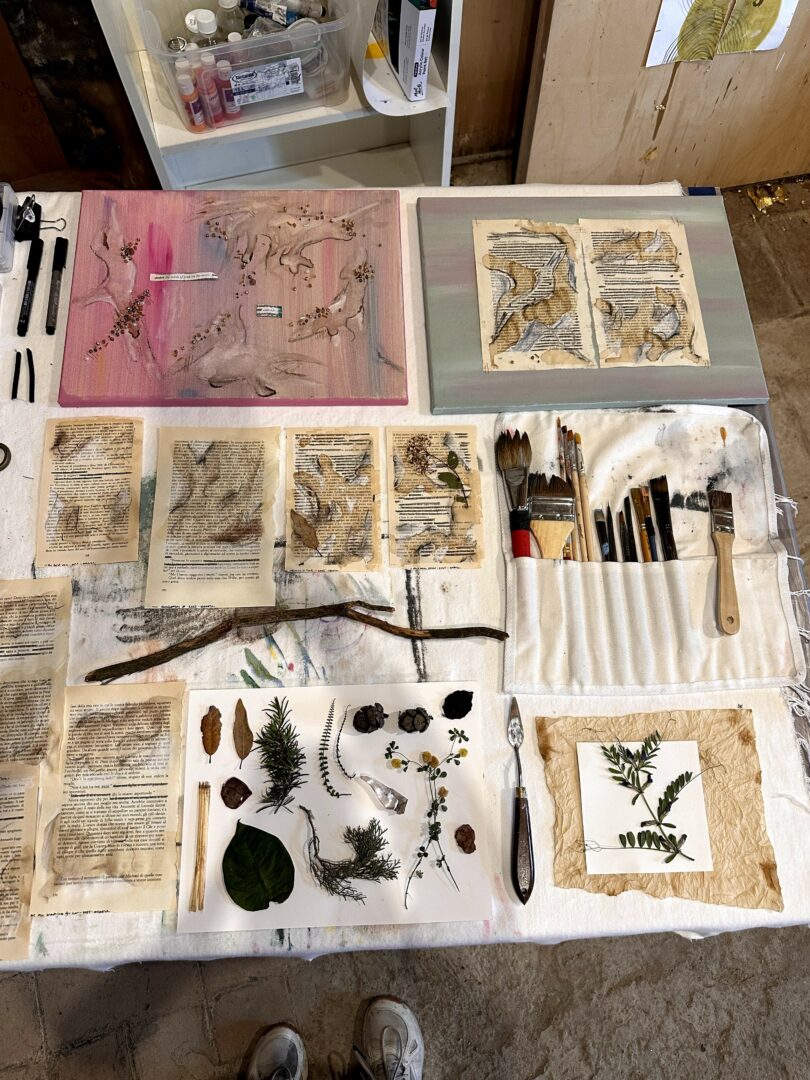
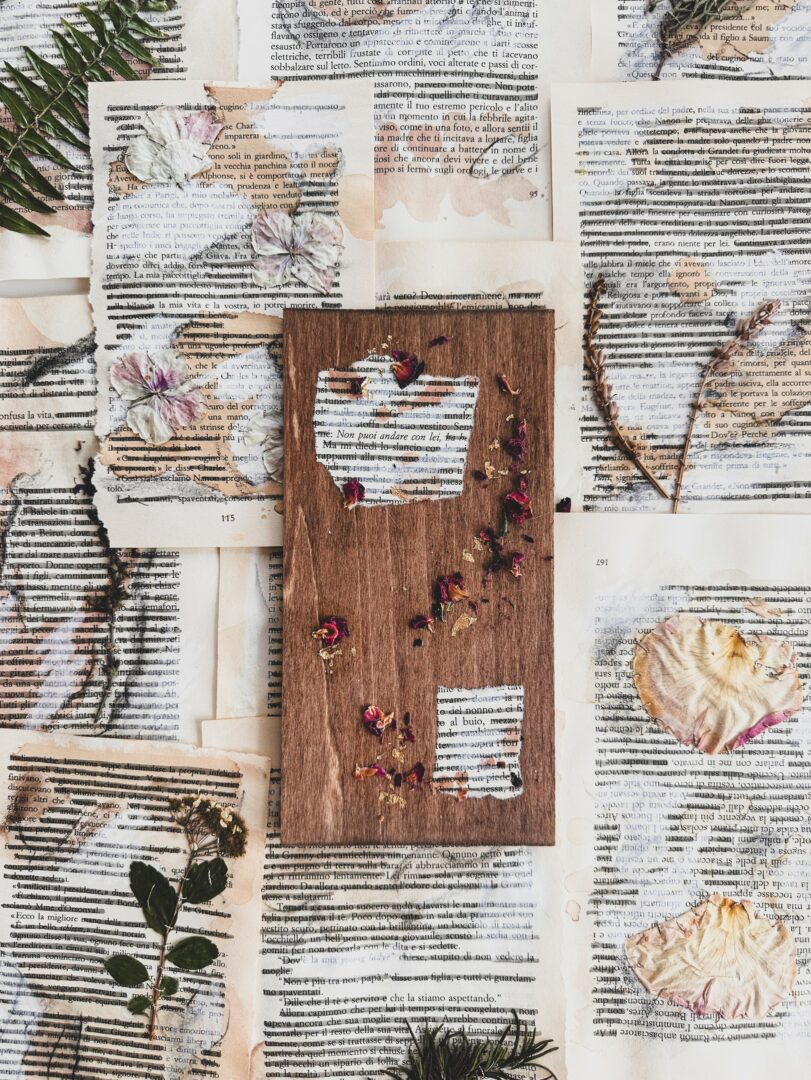
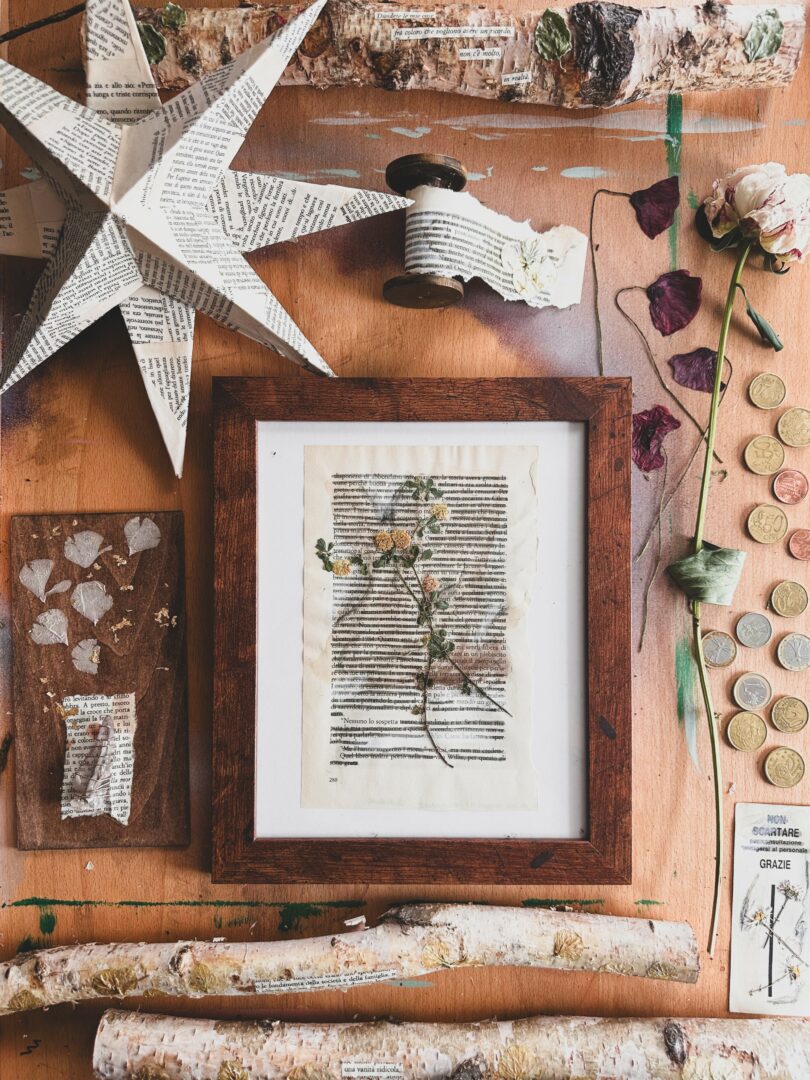
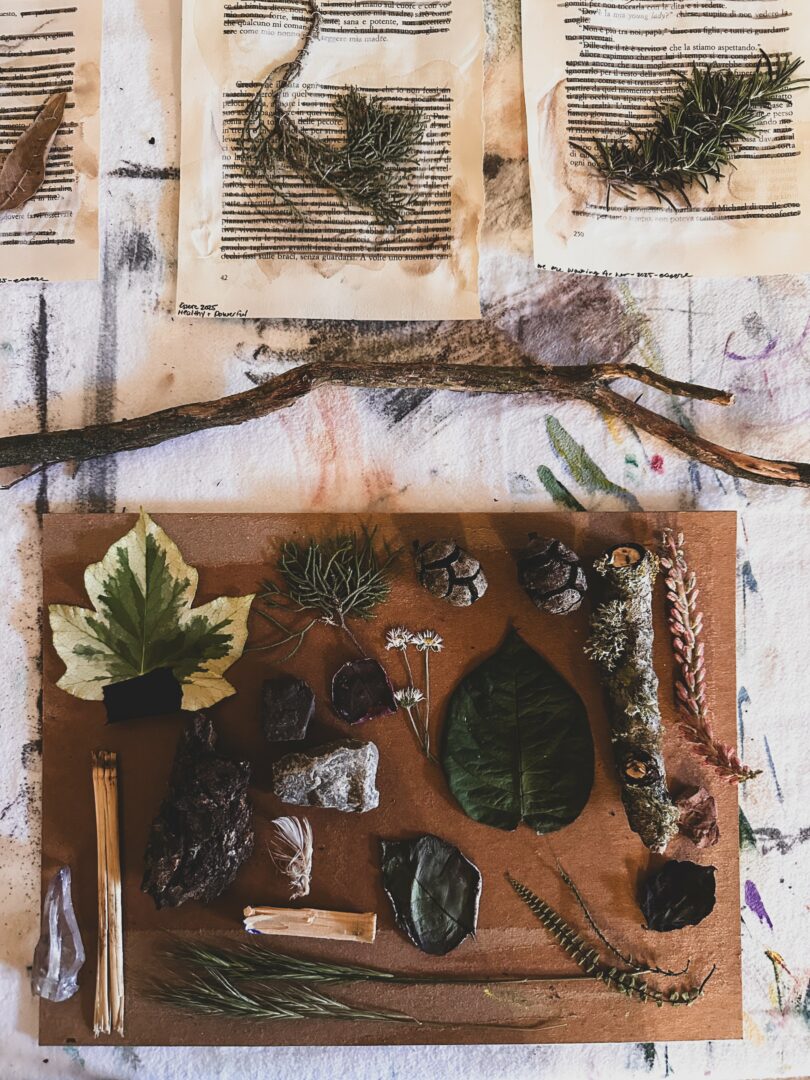
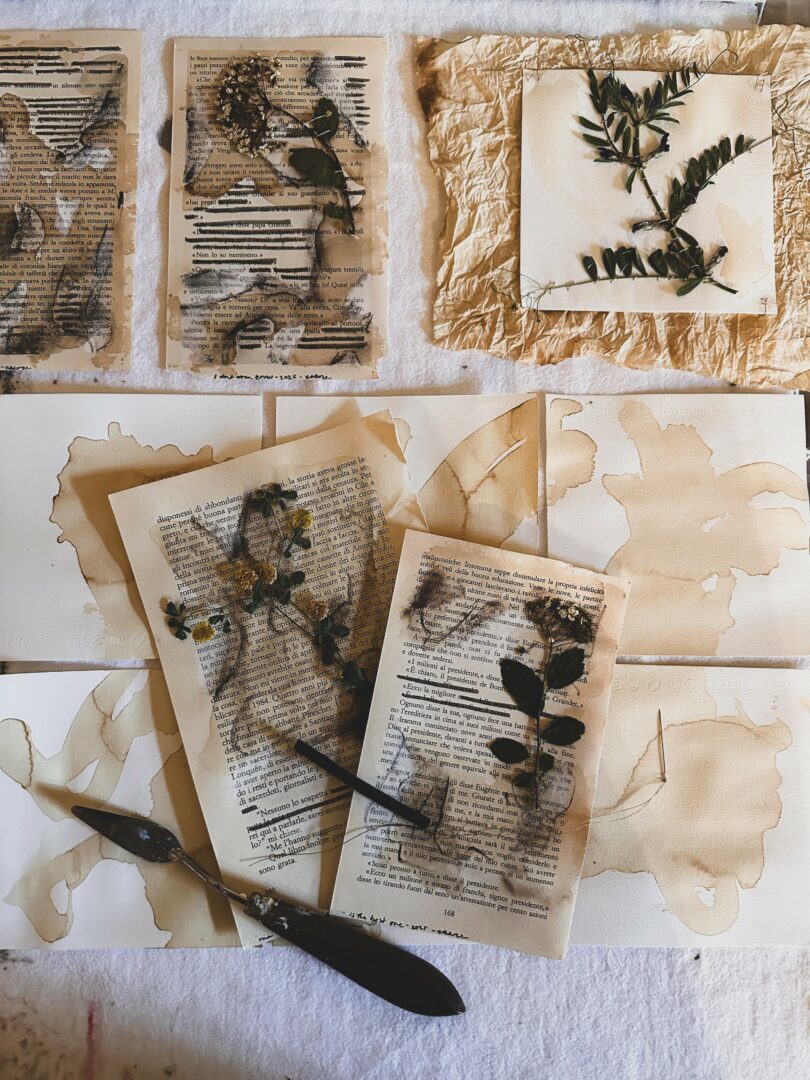
so if you or someone you know deserves recognition please let us know here.

